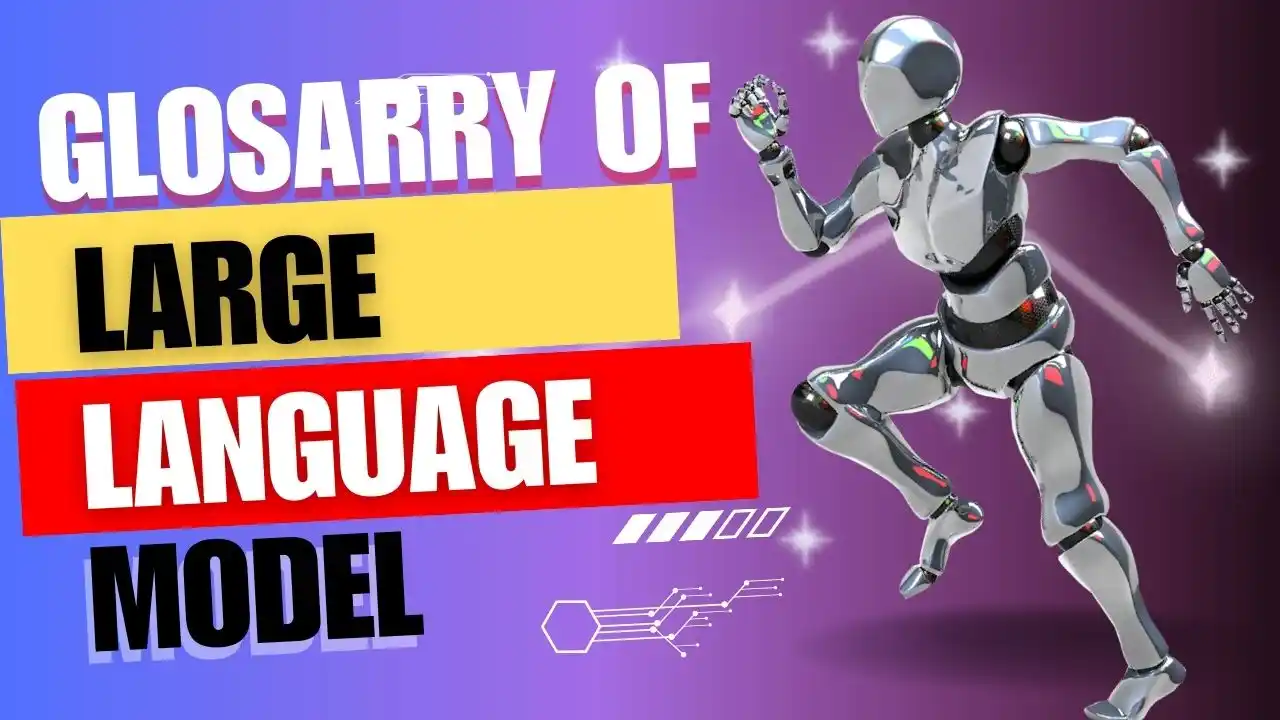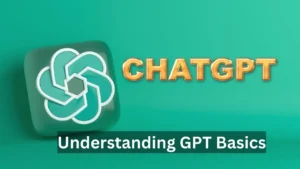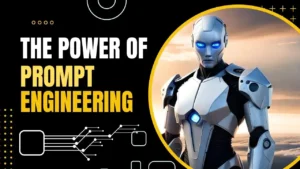Large Language Models: Artificial intelligence is changing quickly because of large language models (LLMs). It allows computers to understand and produce human language with previously unheard-of levels of intelligence. Those who are unfamiliar with the field may find them intimidating due to their complexity. Here we will write a short glossary of key LLM terms with definitions and examples.
Large Language Models: A Glossary
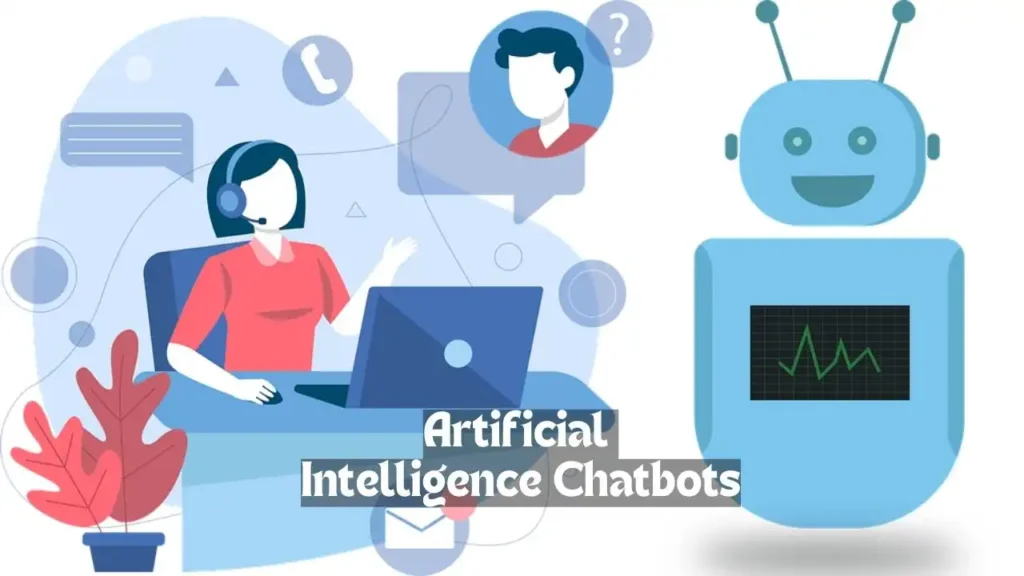
General Concepts of LLM
- Artificial Intelligence (AI): The science of creating intelligent machines that can perform tasks typically associated with human intelligence is called Artificial Intelligence. Like learning, problem-solving, and decision-making by machine.
- Deep Learning: A powerful AI technique that involves training artificial neural networks with multiple layers to learn from vast amounts of data.
- Natural Language Processing (NLP): Natural Language Processing is like teaching computers to speak our language! It gives machines the ability to read, assess, and even produce human-written content. Imagine it as a link between the digital and human domains that enables us to communicate with machines, and perform language translations fluently.
LLM-Specific Terms:
- Large Language Model (LLM): A type of AI model trained on massive amounts of text data, often with billions or trillions of parameters, to understand and generate human-quality language.
- Parameters: The adjustable variables within an LLM that are learned during training and used to make predictions or generate text.
- Transformer: A neural network architecture particularly well-suited for understanding long-range dependencies in text, often used in LLMs.
- Embeddings: Vector representations of words or phrases that capture their semantic relationships, enabling LLMs to process language effectively.
- Fine-tuning: Adjusting an LLM pre-trained on a massive dataset to perform specific tasks (e.g., question answering, text summarization).
- Zero-Shot Learning: The ability of an LLM to perform a task without explicit training on that task.
- Few-Shot Learning: The ability of an LLM to learn a new task with only a few examples.
- Perplexity: A metric for measuring the LLM’s ability to predict the next word in a sequence, a lower perplexity indicates better performance.
- BPC/BPW: Bits per character/word, another metric for perplexity used to compare LLM performance.
- Mixture of Experts (MoE): A technique for splitting the LLM into smaller, specialized experts to improve efficiency and handle diverse tasks.
Read also: Essential Guide To Prompt Engineering: Tools, Techniques, Roadmap, Best Courses In 2024
Examples of LLM Architectures:
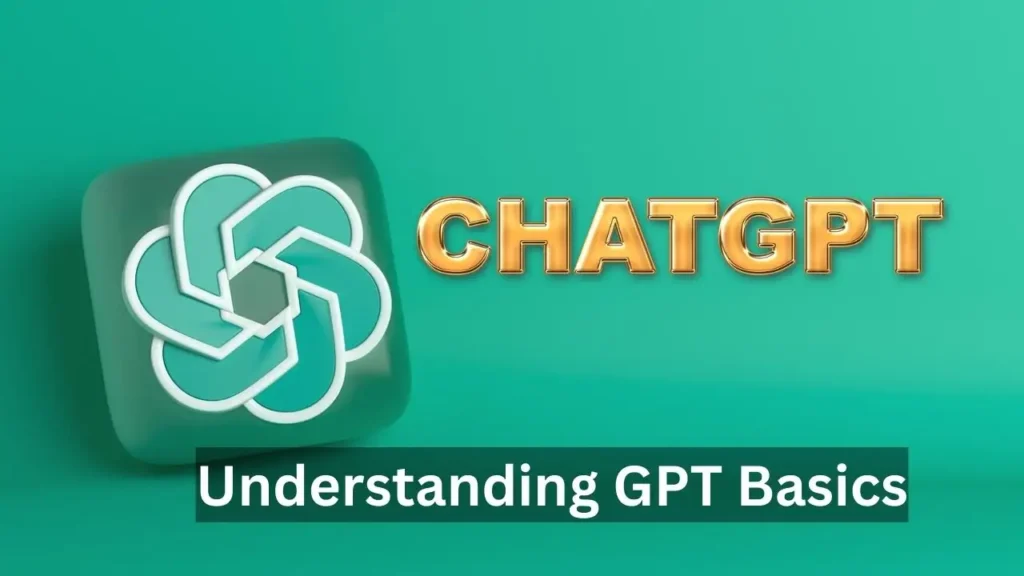
- GPT (Generative Pre-trained Transformer): A series of LLMs developed by OpenAI, known for their text generation capabilities.
- BERT (Bidirectional Encoder Representations from Transformers): An LLM developed by Google AI, often used for tasks like question answering and natural language understanding.
- LaMDA (Language Model for Dialogue Applications): An LLM designed for open-ended dialogue and conversation.
- Muse: An LLM focused on generating creative text formats like poems, code, scripts, musical pieces, emails, letters, etc.
- Gemini is a family of multimodal large language models (LLMs) developed by Google DeepMind. It is considered to be the successor to LaMDA and PaLM 2 and was announced in December 2023. Gemini comes in three sizes: Ultra, Pro, and Nano.
Read also: Types Of Prompts: A Guide To ChatGPT And Bard Prompts In 2024, 30 Best Examples Of Prompts
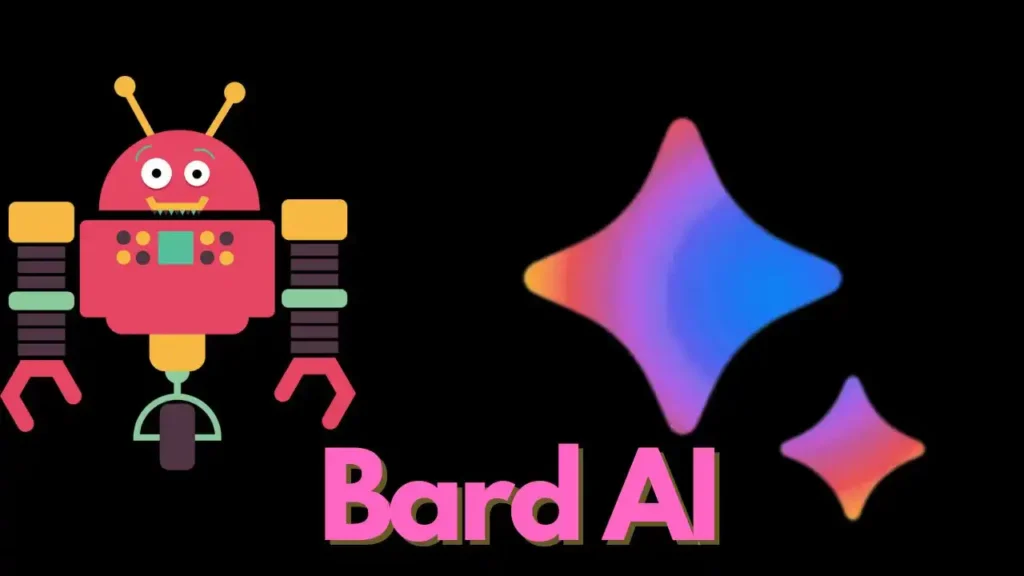
Glossary of Ethical Considerations LLM
- Bias: The potential for LLMs to reflect and amplify biases present in the data they are trained on.
- Fairness: The LLMs are used in ways that are fair and do not discriminate against certain groups of people.
- Transparency: The importance of understanding how LLMs work and make decisions.
- Responsibility: The need to use LLMs responsibly and ethically, considering their potential impacts on society.
Read also: Decoding AI Success: The Power Of Prompt Engineering In 2024, Best Prompt
Glossary of Large Language Model Terms
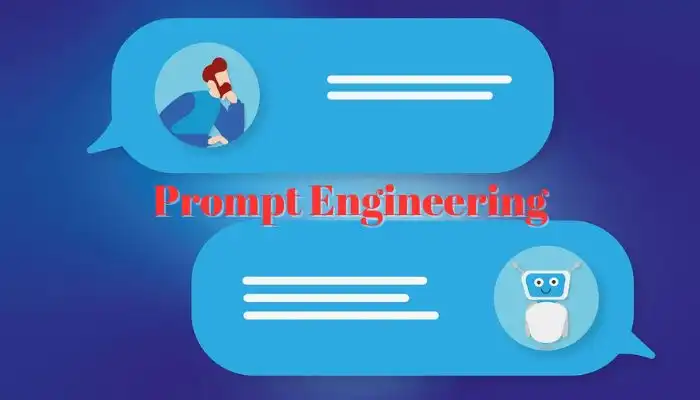
Large Language Model (LLM): Think of it as a super translator and wordsmith trained on mountains of text. It understands you and can even write like you! Models like GPT-3 & 4, Google Gemini, and BERT are popular LLMs.
Token: The building blocks of language for computers. A word, punctuation mark, or even part of a word (like “ing” in “running”) can be a token. “ChatGPT is amazing” has four tokens!
GPT (Generative Pre-trained Transformer): Imagine a powerful brain for understanding and creating language. GPT is one type of this brain, using special connections to learn from tons of text and then tackle specific tasks.
Fine-tuning: It’s like taking a pre-trained athlete and giving them some extra practice for a specific sport. By focusing on certain types of text, LLMs can become masters of specific tasks.
Prompt: The question or starting point for an LLM. It’s like giving the artist a canvas and saying, “Create something amazing!”
Context Window: How far an LLM looks back to understand what you’re saying. A bigger window is like having a longer memory, helping it see the whole picture.
Transfer Learning: Imagine learning to ride a bike and then easily pick up skateboarding. With transfer learning, LLMs learn from one task and then use that knowledge for different but related tasks.
Beam Search: When LLMs generate text, they explore many options. Beam search picks the most promising paths, like a chef choosing the best ingredients for a recipe.
Overfitting: This is like memorizing a test without understanding the material. An LLM that overfits does well on its training data but gets stumped by new things.
Inference: It’s showtime! This is when LLMs use their learned skills to understand new text, answer questions, or even write stories.
Attention Mechanism: Think of it as a spotlight in the LLM’s brain. It lets the model focus on important parts of what you’re saying, like a detective noticing key clues.
Zero-shot Learning: This is like learning a new language just by listening to people talk. Zero-shot LLMs can do amazing things without being specifically trained, like answering questions about a new topic they’ve never seen before.
